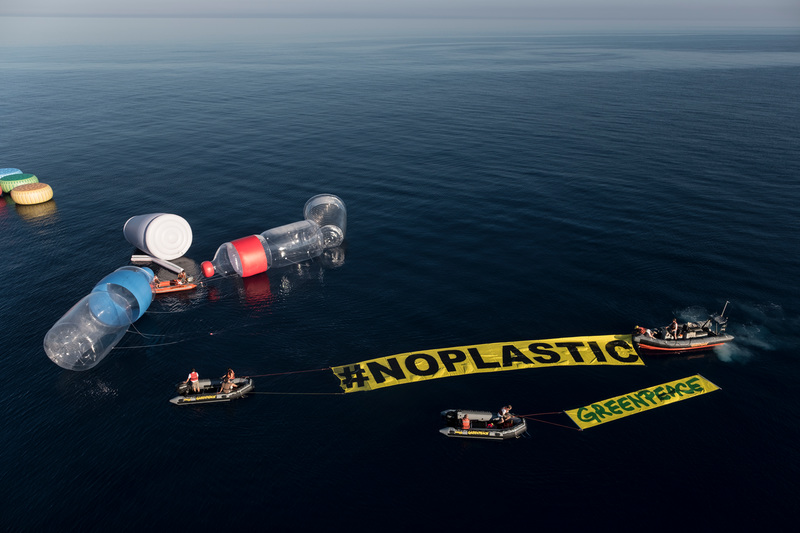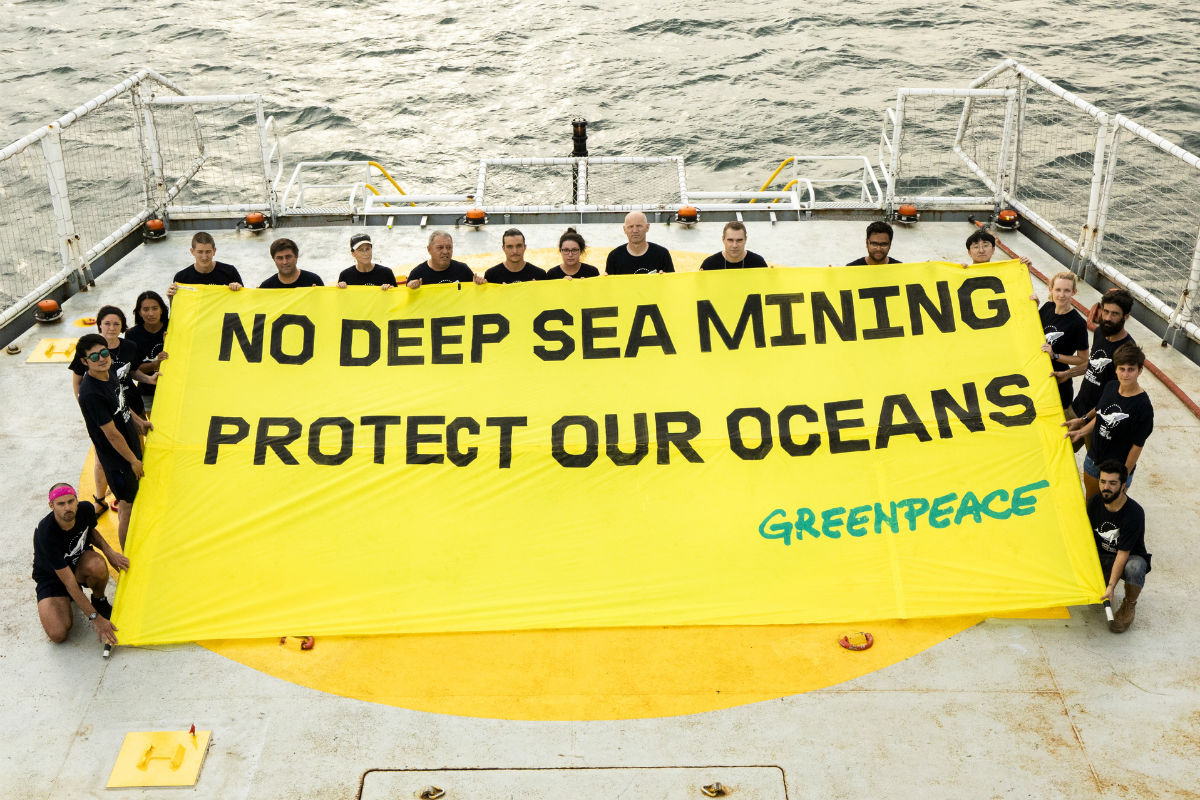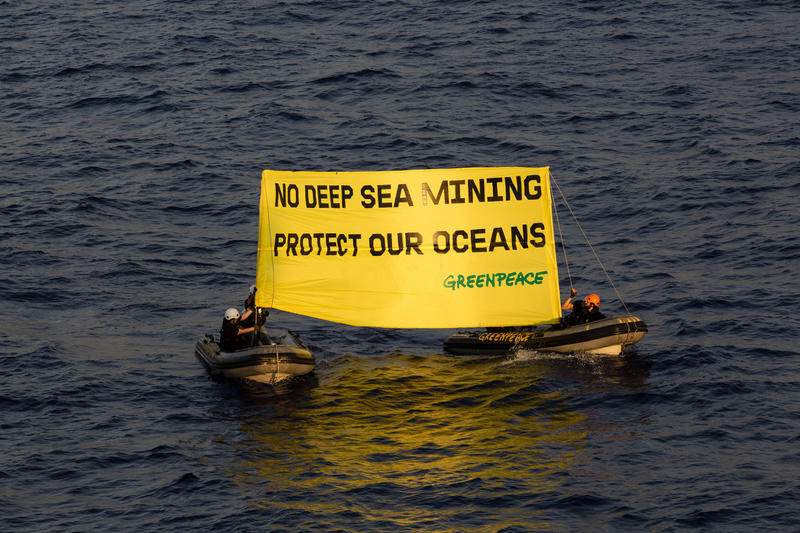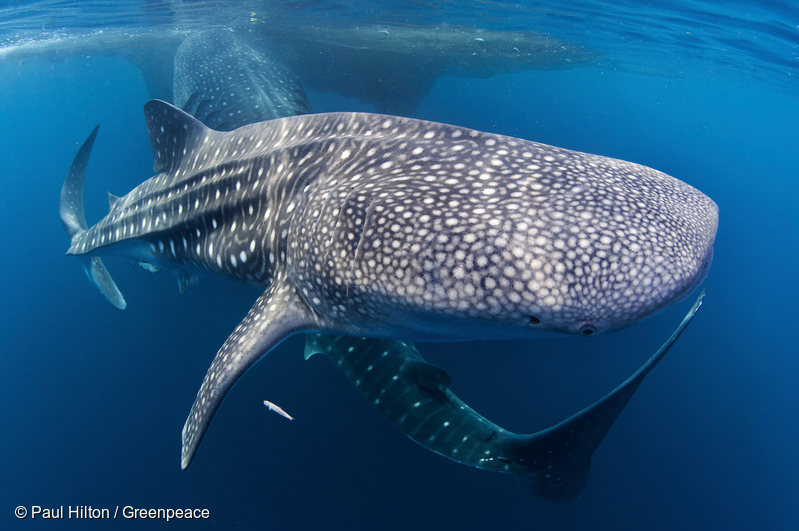Plastic facts keep getting scarier

How much plastic has been made in the last 60 years, and where has it ended up? Researchers have just finished an in-depth look into the “Production, Use and Fate of All Plastic Ever Made” – and the findings are as huge as that epic titles suggests.
We’ve produced a whopping 8.3 billion metric tons of plastics since the 1950s. That’s enough plastic to cover every inch of the UK ankle-deep more than TEN TIMES OVER.
Of that staggering total, a whopping 79% has ended up in landfills or the natural environment, including our oceans. Just 9% was recycled.
These findings give us an ever clearer picture of the catastrophe plastic pollution is wreaking on our precious environment. As one of the report’s authors, Jenna Jambeck notes, “you can’t go anywhere without finding plastic waste in our environment, including our oceans.” We’re all far too familiar with seeing plastic packaging like bottles and wrappers polluting our beaches, riverbanks, and streets.
As plastic leaks into our oceans, marine life are getting caught up and choked on bits of plastic, large and small. Plastic is so prevalent in our magnificent oceans that 1 in 3 turtles have now eaten plastic. As plastic enters every level of the ocean food chain, from zooplankton up to big fish and whales, it’s even travelling back to our plates in seafood.
And the problem is set to get worse. About half of all plastics produced between 1950-2015 were made since 2002. If this kind of trajectory continues, 12 billion tons of plastic waste will be in landfills or the natural environment by 2050. That’s the weight of over 66 million blue whales – the kind of amazing creatures that our oceans should be filled with, rather than plastic.
So how do we reverse this trend? This report makes ever clearer that single-use plastic packaging is a huge part of the problem, making up 42% of all plastics produced since the 1950s. Another of the report’s authors, Kara Lavender Law said of her findings, “ I think we need to take a careful look at our expansive use of plastics and ask when the use of these materials does or does not make sense.”
Surely we can agree that if we’re going to protect our oceans from becoming a massive rubbish dump, we need come up with better alternatives to single-use plastic. It simply doesn’t make sense for plastic bottles, bags or coffee cups to be used for only 5 minutes – after which, they can stick around in our environment for hundreds of years.
As the new report puts it, “without a well-designed and tailor-made management strategy for end-of-life plastics, humans are conducting a singular uncontrolled experiment on a global scale.” That experiment is already causing the deaths of hundreds of thousands of marine animals each year, according to the UN. We have to bring the problem of plastic pollution to an end.
That’s why Greenpeace is calling on major plastic producers like Coca-Cola, who sell over 100 billion single-use plastic bottles every year, to ditch throwaway packaging and embrace reusable alternatives that won’t put the health of our planet, and ourselves, at risk. Our oceans can’t stomach any more plastic. Companies that are designing plastic packaging to be used just once need to take responsibility and reduce their plastic footprints.
We also need governments to introduce schemes that work to stop plastic flowing into our oceans and our environment. Deposit return schemes have boosted collection and recycling rates of plastic bottles to over 80% in many parts of Europe. Add your name to our call to governments across the UK to introduce them here as well, and help us turn the tide on plastic pollution.
We need to take action to stem the flow of plastic into our oceans. Sign now to show your support for a nationwide deposit return scheme for plastic bottles.
About Louisa Casson
I'm a campaigner in Greenpeace UK's oceans team, leading our campaign to create the world's largest protected area in the Antarctic ocean.



